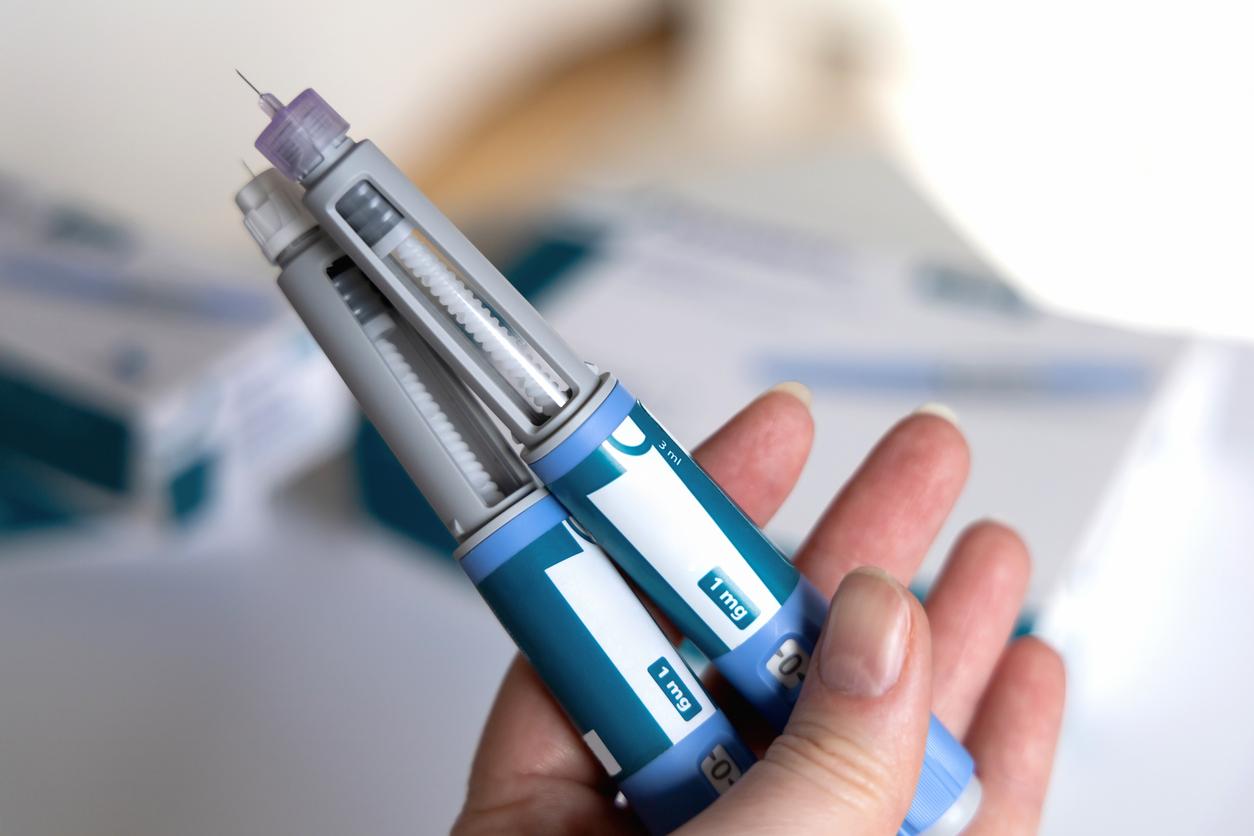Mydriatic eye drops are eye drops that dilate the pupil of the eye. They are often used by ophthalmologists for examinations of the fundus of the eye or before eye surgery.
Dizziness, digestive disorders, convulsions …
THE’ANSM (National Agency for the Safety of Medicines and Health Products) warns of serious “systemic risks” when the product is used in particular in young children. In case of overdose, this eye drops can indeed affect other organs than the eyes and cause multiple disorders. Mydriatic eye drops are already part of the list of 77 drugs monitored by the ANSM since last year.
The active ingredient in these eye drops is atropine. Children under 8 are more sensitive to its effects than adults. Atropine can cause digestive problems, stomach upset, and pain in children. tachycardia, from dizziness, disturbances in the regulation of internal temperature, hallucinations, visual disturbances, convulsions… To date, “around forty serious cases of all ages have been reported in recent years. This includes three deaths, including a baby. in 2011 “, specifies the ANSM to the newspaper Le Figaro.
The drugs affected by this warning are:
– Atropine eye drops 0.3%, 0.5% and 1%
– Skiacol eye drops 0.5%
– Mydriaticum eye drops 0.5%
– Isopto-Homatropine eye drops 1%
– Neosynephrine eye drops at 5% and 10%
Precautions to follow
To avoid the risk of overdose in young children and damage to other organs by the product, the National Medicines Safety Agency gives some precautions to follow:
– in premature babies and newborns, take great caution when administering mydriatic eye drops, in particular because of the digestive risks (abdominal distension, ileus, obstruction) and hemodynamic risks (tachycardia, etc.).
– in all children, do not exceed the maximum recommended dosages within a given time interval (respect the recommended spacing between instillations). Limit administration to one drop per eye.
– press on the inner corner of the eye for one minute to close the tear points and wipe the part of the administered eye drops on the child’s cheek that flows there: this to avoid any risk of ingestion, to limit the systemic effects, and, in premature babies, to prevent the risk of passage through the skin.
In case of doubt, do not hesitate to consult your doctor.
















